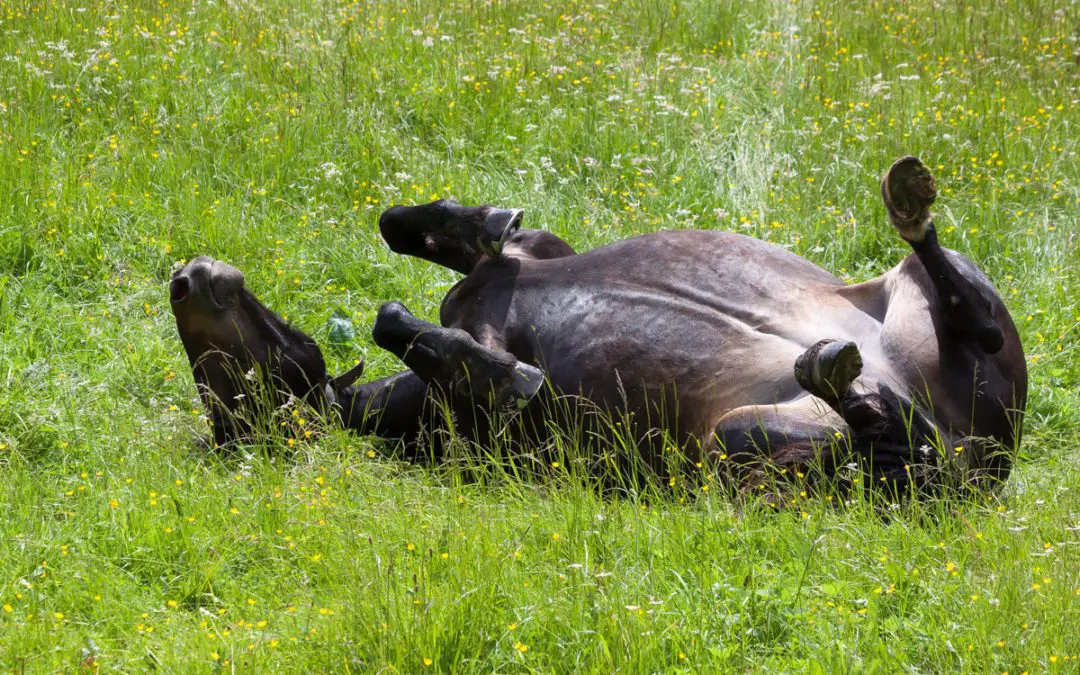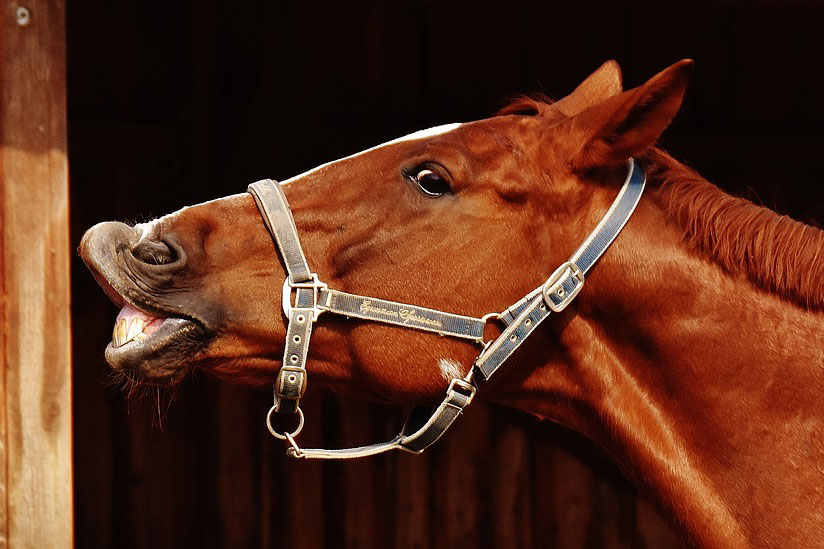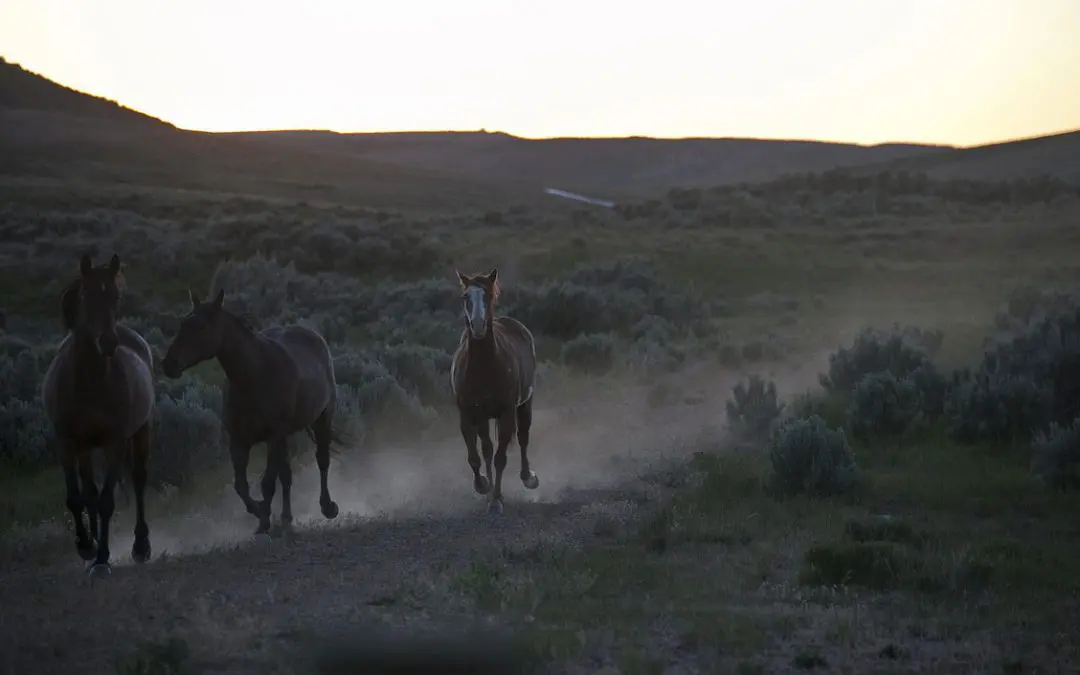
by Dr. David M. Svinarich | Feb 1, 2020
Not all horse trouble comes from the animals you actually ride. In a pack train, horses are tied to one another with bailing twine so that if all hell breaks loose, the twine will snap and the animals will not get all tangled up—at least in theory. Helping to move a...

by Dr. David M. Svinarich | Jan 17, 2020
These are actually affectionate animals who like nothing better than to lean their full body weight against you as you are trying to mount, adjust their tack, load paniers, etc. Usually a friendly shove will set things straight. The difficulty occurs when the horse...

by Dr. David M. Svinarich | Jan 7, 2020
When a corral is not available, such as on remote wilderness hunts, the horses may be hobbled and cow bells may be attached to one or more animals to keep track of them and aid in finding them in the pre-dawn darkness. The gentle, rhythmic ringing of the bells through...

by Dr. David M. Svinarich | Dec 30, 2019
Horses are generally sure-footed animals with a few notable exceptions, but even they occasionally slip or fall. I well remember crossing a scree field in northern British Columbia while on a mountain goat hunt. Dislodged rocks rolled for hundreds of yards as we...

by Dr. David M. Svinarich | Dec 20, 2019
This is a hedonistic animal that likes nothing more than to roll belly up and scratch its back like a 1,200-pound Labrador retriever. It is very disconcerting to dismount your horse briefly and then return to find him scratching his back with both pieces of your...

by Dr. David M. Svinarich | Dec 8, 2019
This horse, while not intrinsically mean, is nonetheless a master escape artist. No series of knots, regardless of their complexity, are capable of securing this animal for more than about 30 seconds, which is generally just about enough time for you to walk out of...

by Dr. David M. Svinarich | Dec 1, 2019
Wranglers know that certain horses like to lead and other horses are better off following the animal ahead of them. The commuter is a horse who is somewhere in the middle of the group and spends its time alternating between burying its nose in the nether regions of...

by Dr. David M. Svinarich | Nov 20, 2019
This animal is certain that every stick, rock, bent blade of grass, insect or animal scent, poses an immediate threat to its very survival. It responds accordingly by rearing, running, going in reverse or otherwise making a fool out of itself and you. In bear and wolf...

by Dr. David M. Svinarich | Nov 15, 2019
Like humans, horses can develop night blindness. I discovered this the hard way as I was making my way down a steep mountain trail after a long day of elk hunting in Colorado. The Appaloosa worked well during the day, but as the sun began to set, she began tripping...

by Dr. David M. Svinarich | Nov 7, 2019
Some horses have learned that by taking in a lung full of air when they are being saddled, they can avoid being squeezed by the cinch strap. The cinch strap, or saddle girth, is the wide band that secures the saddle (and therefore you) to the horse. Whenever mounting...











